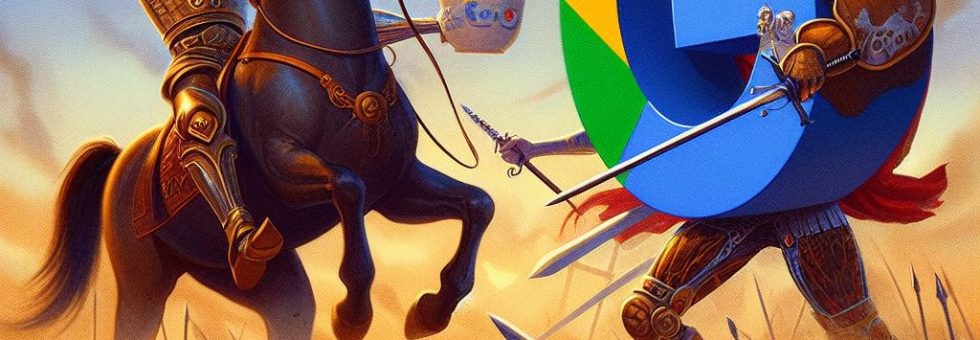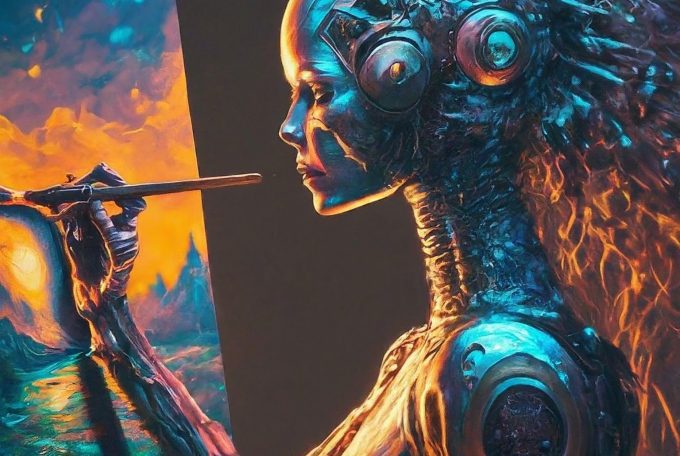Two heavyweights have emerged: Google Bard and ChatGPT. The battle for supremacy has sparked intense debate within the AI community, leaving many eager to determine which tool reigns supreme.
Let’s delve into their differences and advantages to understand which one suits your needs best.
Language Models
When it comes to language models, both Bard and ChatGPT harness the power of deep neural networks, specifically transformers. However, Bard incorporates Google’s LaMDA, while ChatGPT relies on the GPT-3.5 model.
Presently, ChatGPT operates on the GPT-3.5 model, which is available for free. Additionally, paid users have the option to access the more advanced GPT-4 model.
On the other hand, Bard does not currently offer additional models, but there is anticipation that Google will introduce remarkable variants in the future.
While both models rely on deep neural networks, their performances vary significantly. Google Bard has real-time access to information from the web, while ChatGPT’s knowledge is limited to a specific point in 2021.
Training Data
The available datasets play a crucial role in distinguishing between the two tools. Google Bard AI chatbot uses real-time searches to gather up-to-date information for users.
In contrast, ChatGPT, specifically the GPT-3.5 variant, relies on data gathered until May 21st. Therefore, users seeking real-time data should consider using Bard.
Accuracy
Determining which tool provides the most accurate information is challenging. Both tools have recently released new versions, and the Google Bard AI chatbot is yet to be made publicly available. Consequently, it remains difficult to ascertain which tool will offer superior accuracy.
In the case of ChatGPT, some users have reported instances where the information provided was not entirely accurate.
While it delivers accurate answers in approximately 90% of cases, there have been instances where it provided answers without verifying the available facts and figures, leading to inaccuracies in the remaining 10% of cases.
What can Google Bard do?
Google Bard AI chatbot is a versatile tool that can assist in various aspects of content creation and ideation. It excels in the following areas:
Brainstorming and Planning
Bard can assist in developing ideas, creating plans, and finding alternative approaches to achieving goals.
Collaboration
With immense collaborative potential, Bard serves as a virtual co-creator. It aids in brainstorming, refining concepts, and expanding ideas. Writers can receive instant feedback and valuable suggestions for improvement, enhancing their work.
Generating Engaging Introductions
Bard excels at crafting captivating introductions that instantly grab readers’ attention. With its analysis of the topic and context, Bard generates attention-grabbing opening paragraphs that leave readers curious and eager to read further.
Simplifying Complex Topics
Bard provides quick and easy-to-understand summaries of intricate subjects, aiding content creators in conveying complex information concisely.
Drafting Content
Bard can generate first drafts of various written materials such as outlines, emails, blog posts, and even poems.
Seamless Flow and Structure
Bard ensures a smooth and logical flow throughout your content. It generates well-structured paragraphs that maintain reader engagement.
Say goodbye to writer’s block and welcome a seamless writing process that keeps your audience immersed.
While the Google Bard chatbot is a powerful tool, content marketers should exercise caution and not solely rely on AI-generated content.
AI-driven content must be fact-checked, monitored for bias, and carefully edited to align with the unique audience’s needs.
Human intelligence and perspective remain vital in ensuring content quality and relevance. A robust content review process with quality checks is indispensable before publishing any content.
Both Google Bard and ChatGPT offer unique strengths and capabilities. The choice between the two ultimately depends on the specific needs of the user, the type of content being generated, and the importance of real-time information.
As AI continues to evolve, it’s essential to strike a balance between leveraging the power of AI language models and preserving the essence of human creativity and critical thinking in content creation.





